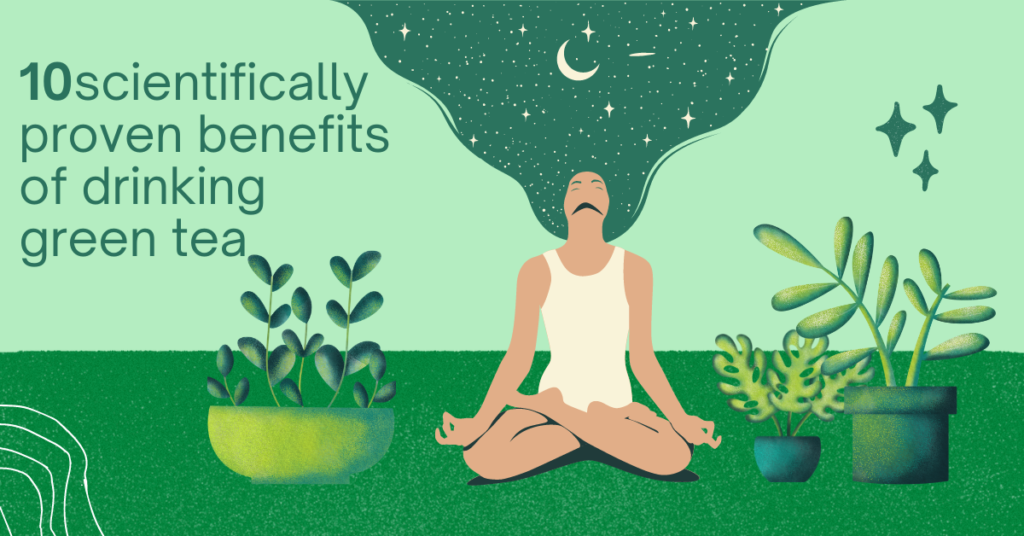In today’s fast-paced world, it can be challenging to prioritize our health and well-being. However, the benefits of maintaining a balanced and healthy lifestyle are numerous, including increased energy, reduced stress, and a better overall quality of life. This article provides a comprehensive guide to wellness, exploring its definition, dimensions, and determinants, as well as the evidence-based interventions that can promote wholeness.
What is Wellness?
Wellness is a holistic concept that encompasses multiple dimensions of health, including physical, mental, emotional, and social well-being. It involves a proactive approach to health, in which individuals take responsibility for their health and well-being and make informed choices that promote balance and harmony in their lives.
Dimensions of Wellness:
There are several dimensions of wellness, each of which contributes to overall health and well-being. These dimensions include:
- Physical wellness: This dimension refers to the body’s ability to function effectively and efficiently. It involves maintaining a healthy diet, regular exercise, and adequate sleep, as well as avoiding risky behaviors such as smoking and excessive alcohol consumption.
- Mental wellness: This dimension refers to the ability to cope with stress and maintain a positive outlook on life. It involves developing resilience, managing emotions, and seeking support when needed.
- Emotional wellness: This dimension refers to the ability to manage emotions and express them in a healthy and productive way. It involves developing self-awareness, empathy, and interpersonal skills.
- Social wellness: This dimension refers to the ability to form and maintain positive relationships with others. It involves developing communication and teamwork skills, as well as contributing to one’s community.
Determinants of Wellness
There are several factors that can influence an individual’s ability to achieve and maintain wellness. These determinants include:
- Genetics: Genetic factors can influence an individual’s susceptibility to certain diseases and conditions, as well as their ability to respond to interventions.
- Environment: Environmental factors such as air quality, water quality, and access to healthy food can impact an individual’s health and well-being.
- Lifestyle: Lifestyle factors such as diet, exercise, and sleep patterns can have a significant impact on an individual’s overall health and well-being.
- Socioeconomic status: Socioeconomic factors such as income, education, and occupation can influence an individual’s access to resources and opportunities that promote health and well-being.

Interventions to Promote Wellness
There are several evidence-based interventions that can promote wellness and improve overall health and well-being. These interventions include:
- Physical activity: Regular physical activity can improve physical and mental health, reduce the risk of chronic diseases, and improve quality of life.
- Healthy diet: A healthy diet that includes a variety of nutrient-dense foods can provide the body with the nutrients it needs to function optimally.
- Mindfulness: Mindfulness practices such as meditation and yoga can reduce stress, improve emotional regulation, and promote overall well-being.
- Social support: Social support from friends, family, and community can provide a sense of belonging, reduce isolation, and improve mental and emotional health.
The Art of Wellness
While evidence-based interventions are essential for promoting wellness, the art of wellness also plays a critical role in achieving balance and harmony in one’s life. The art of wellness involves:
- Identifying personal values and goals: Understanding what is important to you and set goals that align with your values can provide a sense of purpose and direction in life.
- Cultivating positive emotions: Developing positive emotions such as gratitude, joy, and awe can improve overall well-being and enhance resilience.
- Developing self-awareness: Understanding your strengths and weaknesses, as well as your personal preferences and values, can help you make informed choices that promote balance and harmony in your life.
- Engaging in meaningful activities: Engaging in activities that bring you joy, fulfillment, and a sense of accomplishment can improve overall well-being and promote personal growth.
- Practicing self-care: Taking care of yourself physically, mentally, and emotionally is essential for maintaining overall health and well-being.

Future Directions
As the field of wellness continues to evolve, there are several key areas of focus for future research and practice. These areas include:
- Developing more effective interventions: While there is a growing body of evidence supporting the effectiveness of various interventions to promote wellness, there is still much to be learned about which interventions are most effective for different populations and contexts.
- Addressing health disparities: There are significant disparities in health and wellness outcomes across different populations, particularly among marginalized communities. Future research and practice must prioritize addressing these disparities and promoting health equity.
- Incorporating technology: Technology has the potential to enhance the effectiveness of wellness interventions and improve access to resources and support. Future research and practice should explore the use of technology in promoting wellness.
Conclusion
Achieving and maintaining wellness is a complex and ongoing process that requires a proactive approach to health and well-being. By taking a holistic approach that incorporates evidence-based interventions and the art of wellness, individuals can achieve balance and harmony in their lives, leading to a better overall quality of life. As the field of wellness continues to evolve, it is essential to prioritize research and practice that promotes health equity and addresses the unique needs of different populations and contexts.



